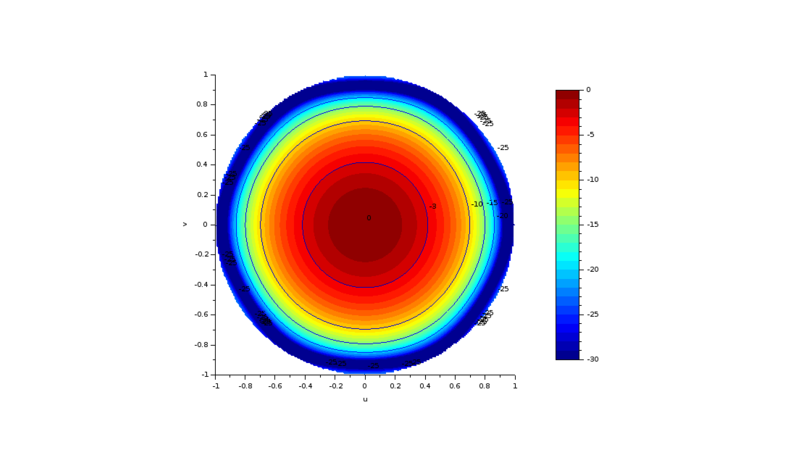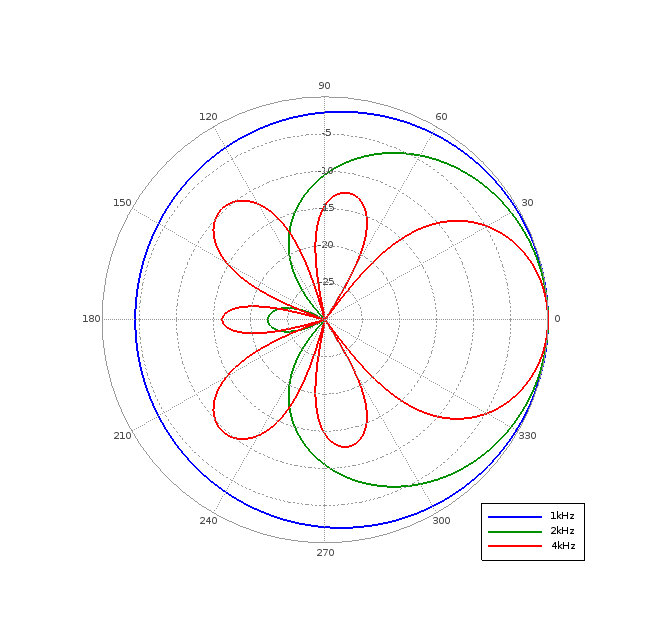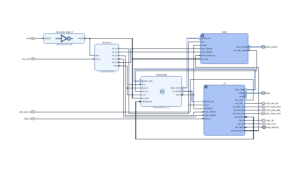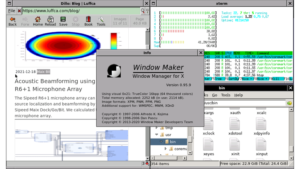Acoustic Beamforming using a Sipeed R6+1 Microphone Array

The Sipeed R6+1 microphone array can be used for sound source localization and beamforming by combining with Sipeed Maix Dock/Go/Bit.
We calculated the pattern of this microphone array.
Sipeed R6+1 Microphone Array
The Sipeed R6+1 microphone array is a board with 7 MEMS microphones and 12 RGB LEDs.
Six microphones form a circular array with a radius of 40 mm, and a center microphone is also installed.
Sipeed Maix Bit
The Maix Bit is a low-cost development board from Sipeed, featuring the Kendryte K210 from Canaan.
The Kendryte K210 is an SoC that includes:
- Dual-core 64-bit RISC-V,
- KPU (Knowledge Processing Unit),
- APU (Audio Processing Unit),
- FFT (Fast Fourier Transform) accelerator,
- etc.
The main functions of the APU are audio input of up to 8 channels and beamforming for sound sources in up to 16 directions.
According to the research of kendryte-standalone-sdk, beamforming of the APU is a delay-and-sum (DAS) method.
The image below shows the result of calculating the horizontal pattern of the substrate by DAS beamforming.

MaixPy
In the MIC_ARRAY library of MaixPy, there is a function called get_map that performs sound source localization using the Sipeed R6+1 microphone array.
This function outputs the sound level in the 8 x 8 direction, and it is unknown whether it uses the APU’s DAS beamforming.
The featured image shows the result of calculating the pattern in the normal direction of the substrate at a frequency of 4 kHz by DAS beamforming.
Summary
We calculated the pattern of the Sipeed R6+1 microphone array.


